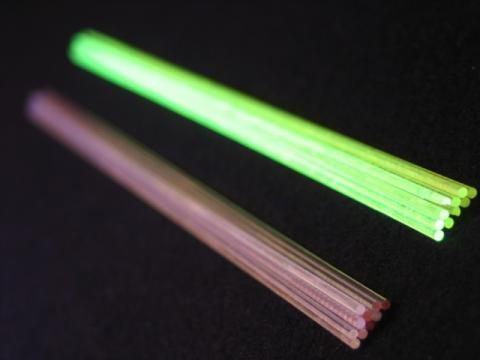On 24 November 2016, 70 participants attended the celebration of the 25th anniversary of the Crystal Clear collaboration (experiment RD-18). The speakers guided the audience through the history of the collaboration, and several of the collaboration’s spokespeople gave talks, starting from the first spokesperson in 1991, Paul Lecoq, and ending with Etiennette Auffray, spokesperson since 2010.
In 1991, experiment RD-18, known as the Crystal Clear collaboration, was created and approved by CERN’s Detector Research and Development Committee (DRDC) for the development of new scintillating crystals suitable for the needs of LHC experiments. A multidisciplinary team composed of end users, luminescence experts, crystal growers and commercial producers began working to try to understand the scintillation mechanisms and radiation hardness of new crystals, resulting in significant improvements in the field of scintillation both for the scientific and industrial communities.
Today, this collaboration involves 29 institutes from 17 different countries working on research and development of scintillator materials, the development of new crystal production technology for novel ionising-radiation detectors for high-energy physics, medical imaging and industrial applications. During this symposium, the interesting talks covered all the research and development achievements made by Crystal Clear as well as its connections with industry. Several efforts have been made not only on the development of medical imaging prototypes (such as ClearPET, ClearPEM,etc..) but also in terms of technological developments for other applications.
Established 25 years ago, the Crystal Clear collaboration became a network of excellence, very active and unique in the domain of scintillating materials and their applications, bringing together experts from many disciplines in academia and from the private sector and ready for the challenges of the next generation of detectors.
Author: Rita Ferreira
This article was originally published on the main CERN website.
For more information, please see the article in the CERN Courier.

